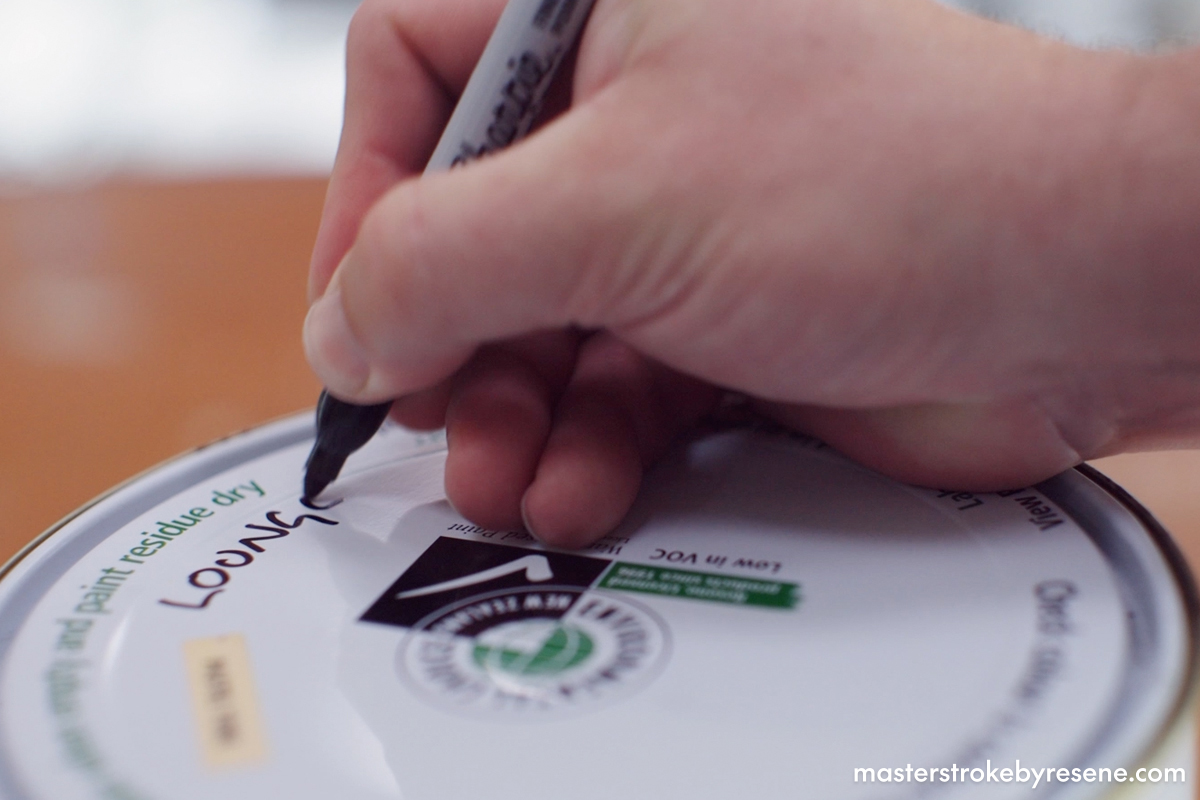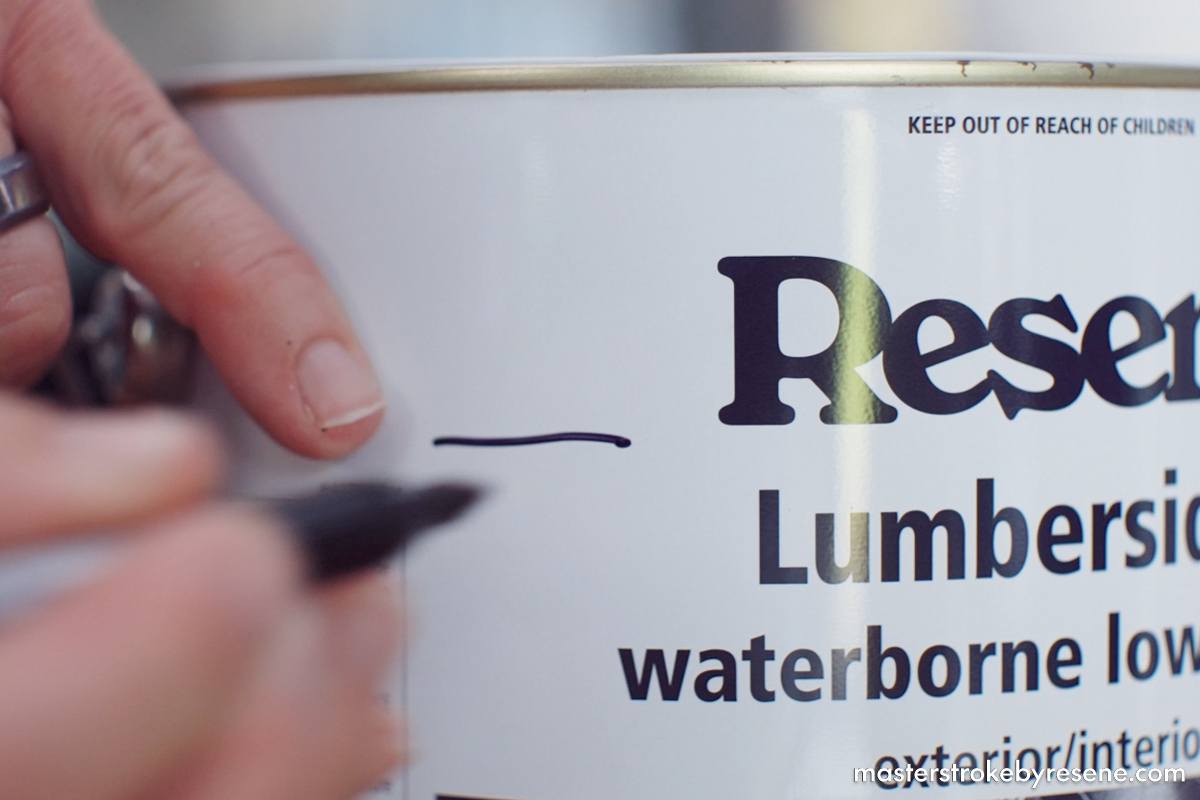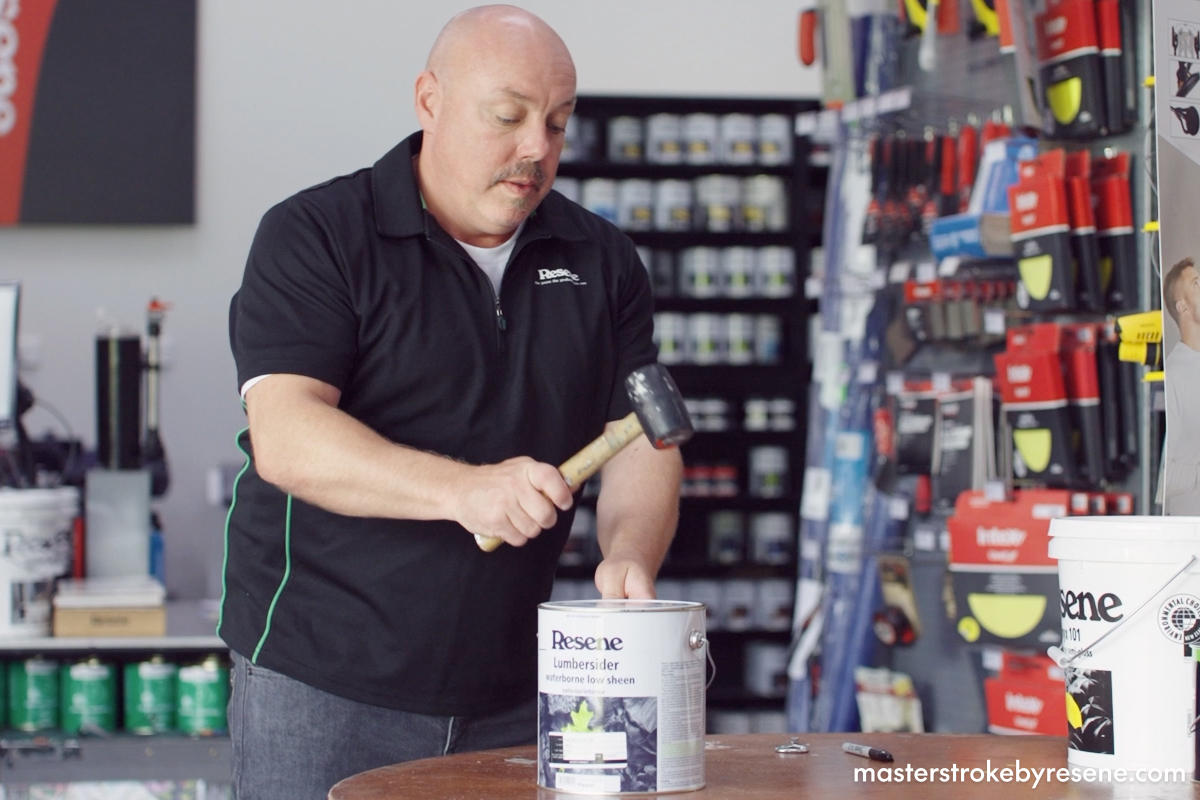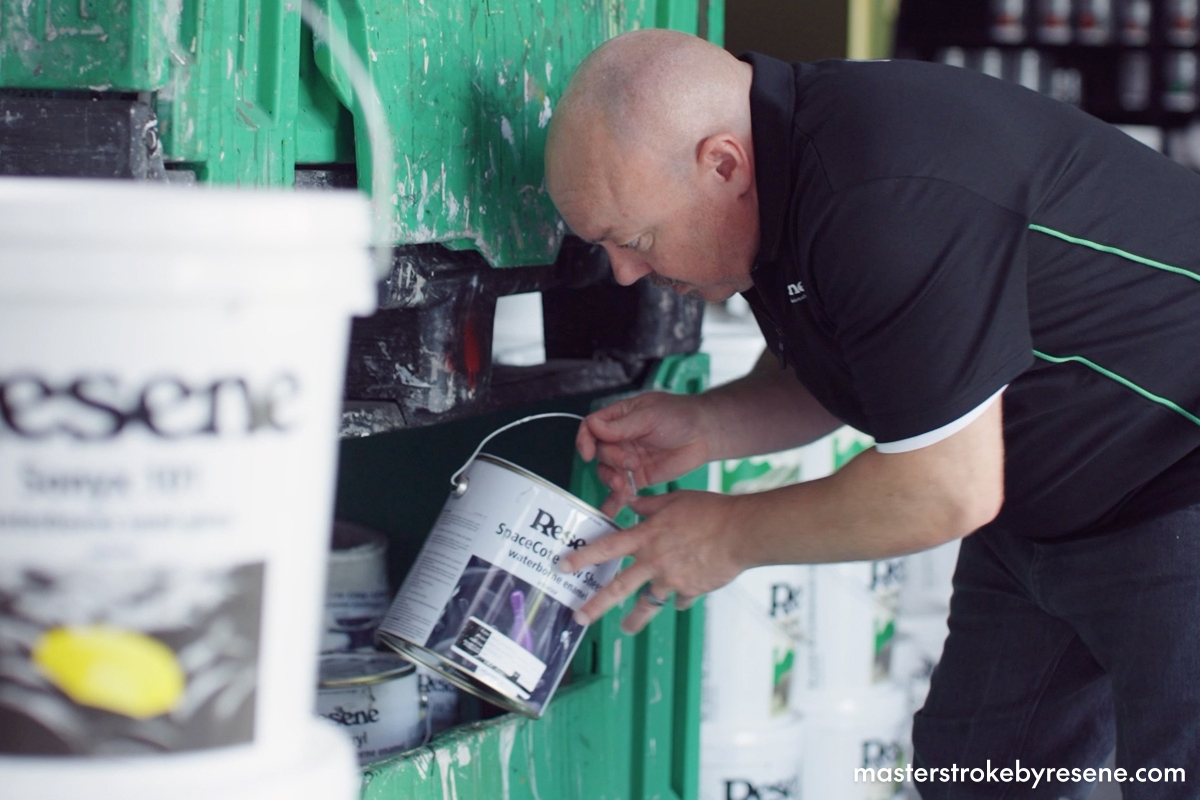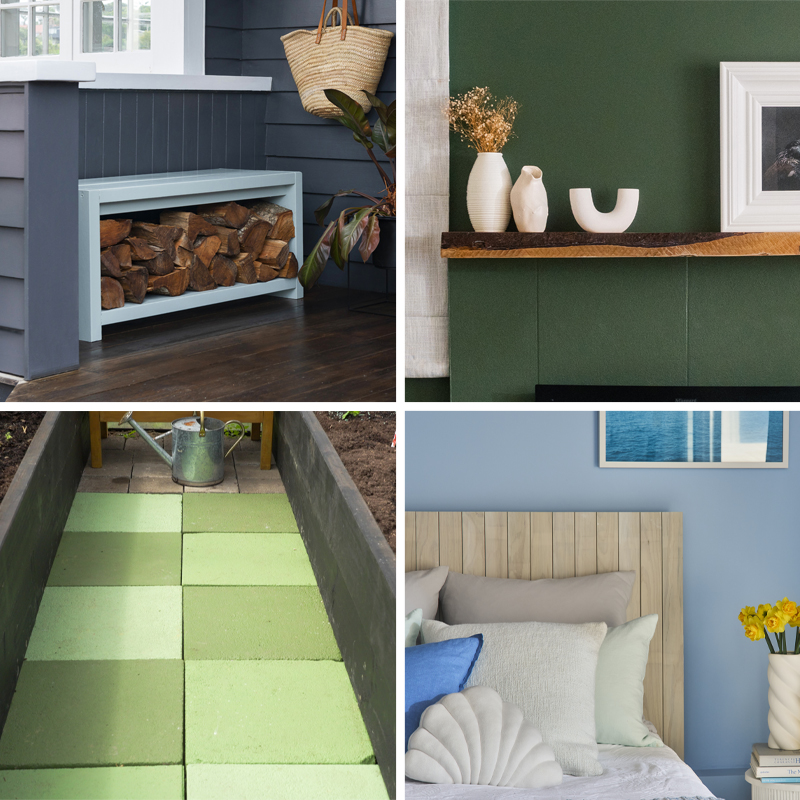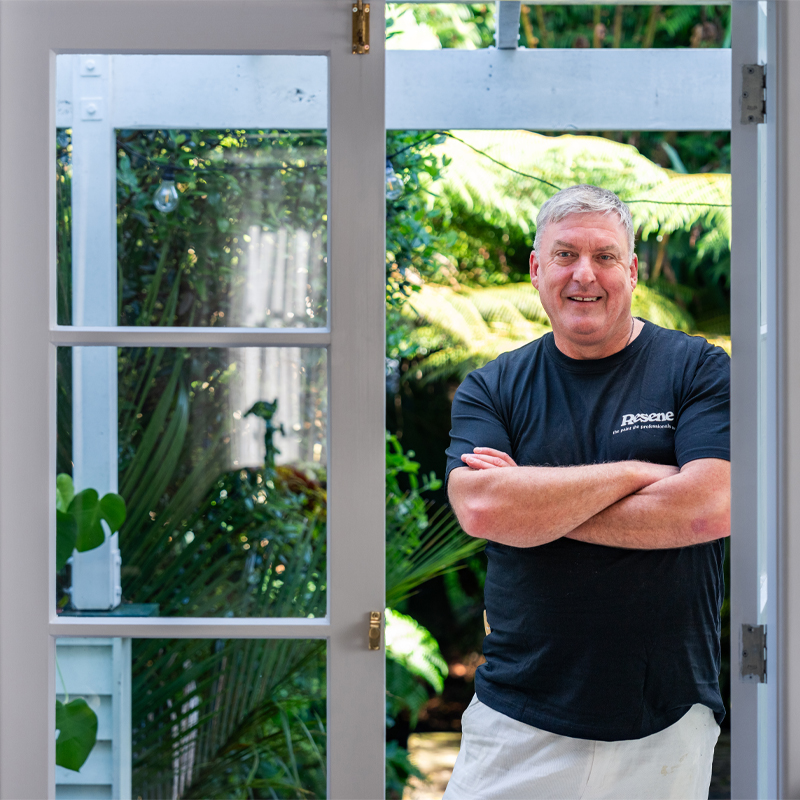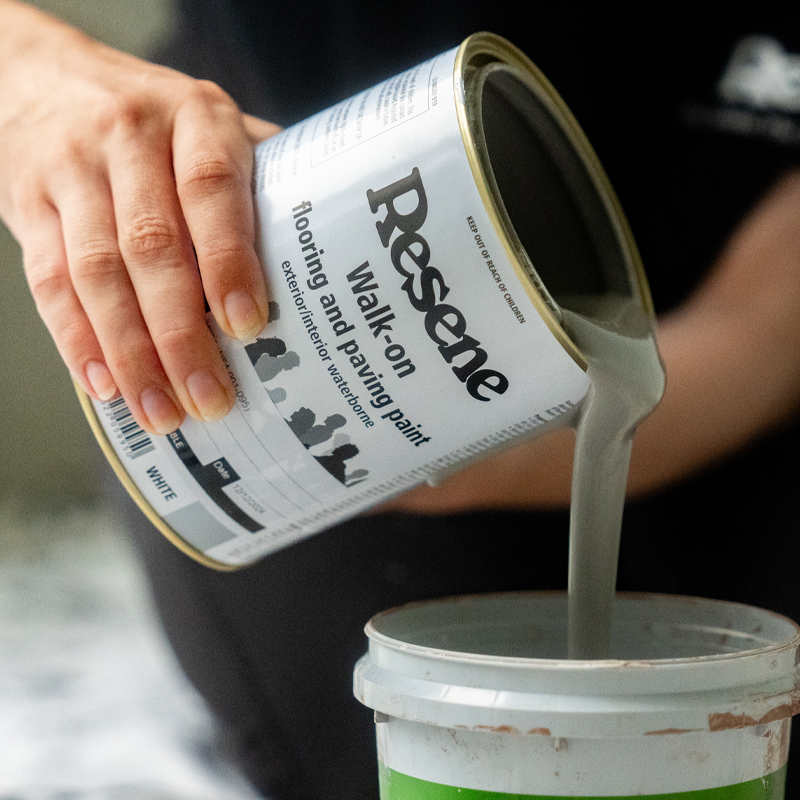If you have leftover or expired paint, bring in your cans and pails to a Resene PaintWise Collection Centre, located at selected Resene ColorShops with the aim of reducing the amount of paint sent to landfill. Resene PaintWise trucks visit collection centres to process returned paint, with good-quality unused waterborne paint being gifted to community groups, and solventborne paints being sent away for solvent recovery for reuse by other companies. Metal tins and other packaging is recycled.
Since its launch in 2005, over 6 million packs of paint have been returned and more than 250,000 litres of waterborne paint have been gifted to community groups. Paint pails have, in the past, been hard to recycle locally, which is why Resene pails are now washed and chipped in a special local facility so they can be used to make 100% recycled Resene paint pails.
In Australia, use the Paintback service to take back old paint and paint packaging.
PaintCrete is another Resene recycling innovation. The new technology reuses old unwanted paint in concrete manufacturing for commercial application.
In August 2001, PaintWise was accredited by the Ministry for the Environment under the Waste Minimisation Act 2008, and was recertified in 2021. It’s the only paint product stewardship programme accredited in New Zealand. The programme has won a prestigious Green Ribbon Award. Non-profit community groups wishing to apply for free paint to use on projects such as painting over graffiti can apply here.
Of course, the best way of reducing waste is by ordering the right amount for the project in the first place. Ask your Resene ColorShop to help you calculate the amount of paint you need. As Resene is a quality paint product, the finish will last longer than cheaper brands. This means you can wait longer between repainting – which is better in the long run.
Top tips:
- Never tip unwanted paint – or water used to clean paintbrushes – down the stormwater drain.
- Drains inside the home are suitable for draining brush wash water, and it’s best to donate unwanted paint pails to Resene PaintWise for recycling.
- Avoid adding any paint to your compost bin, unless you want paint coloured chips all the way through your garden.
- If you are recycling paint, try to do this while the paint is still liquid as this gives it the best chance of reuse. Letting the paint harden or adding it to your compost bin, is wasting good paint that could be used again for something else.

